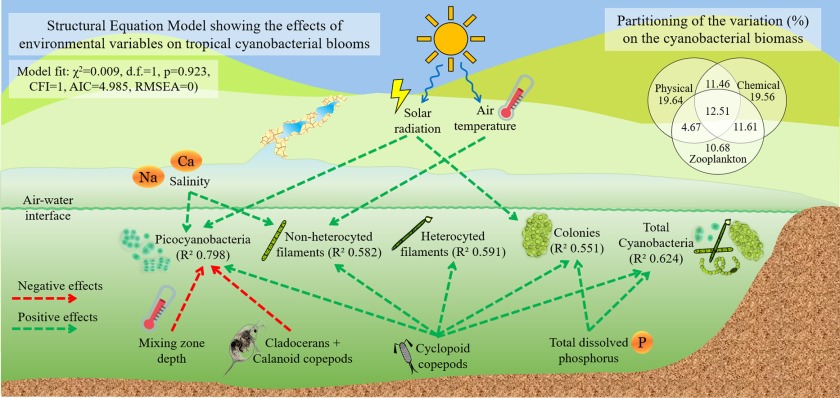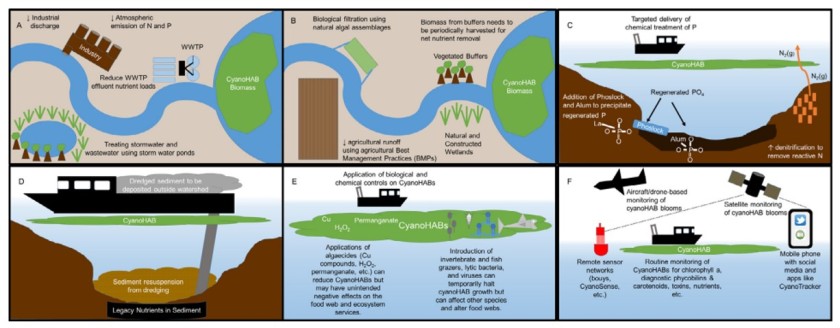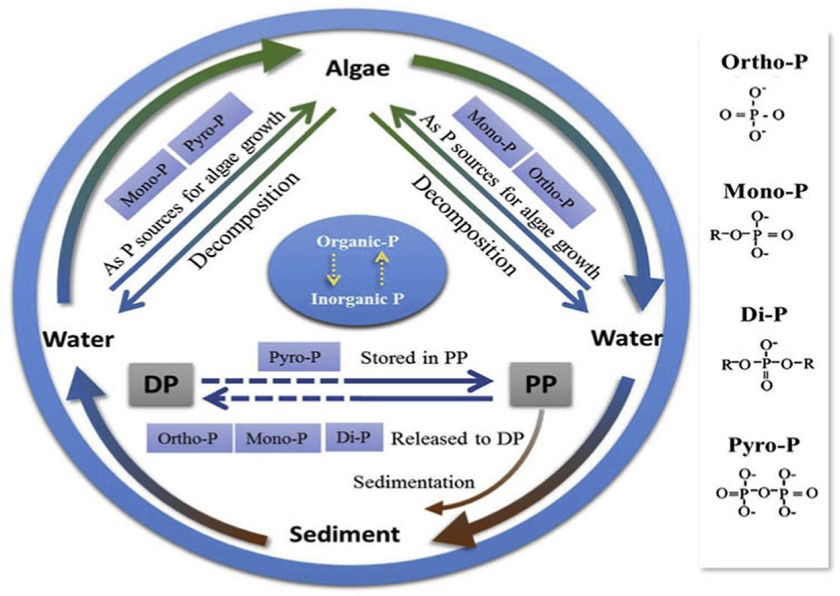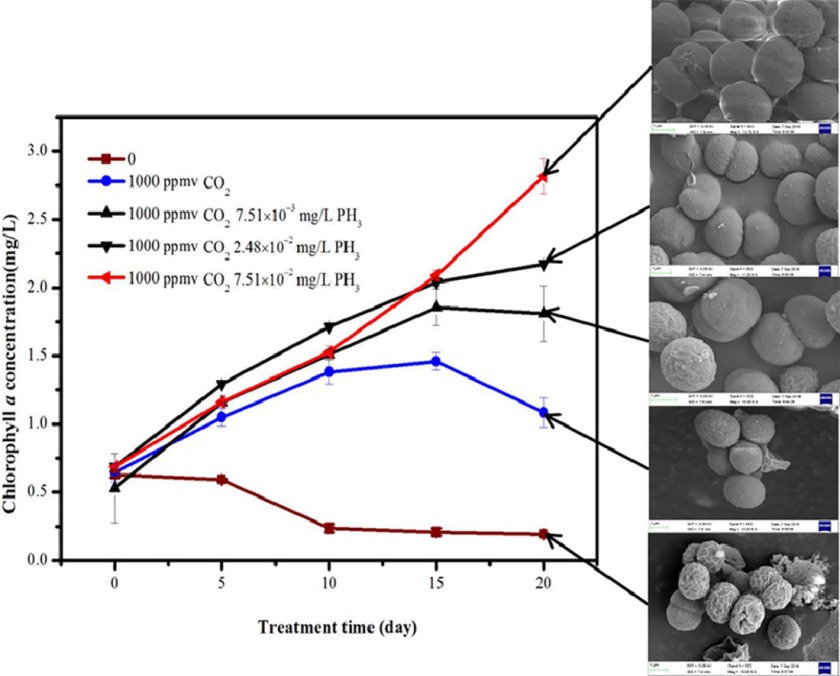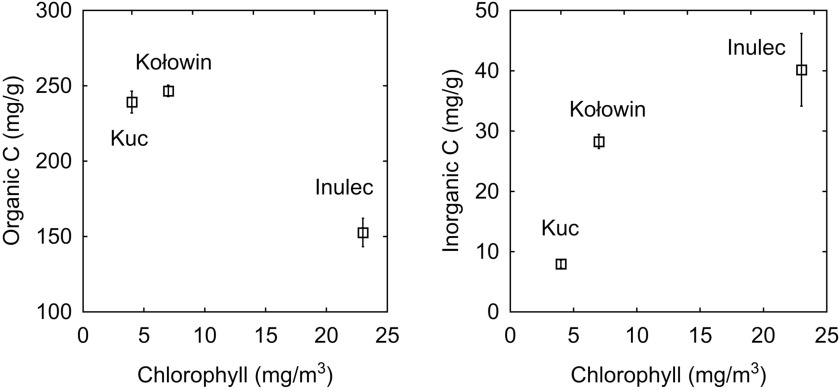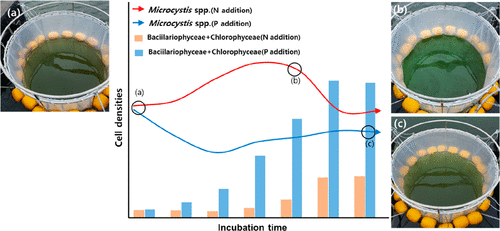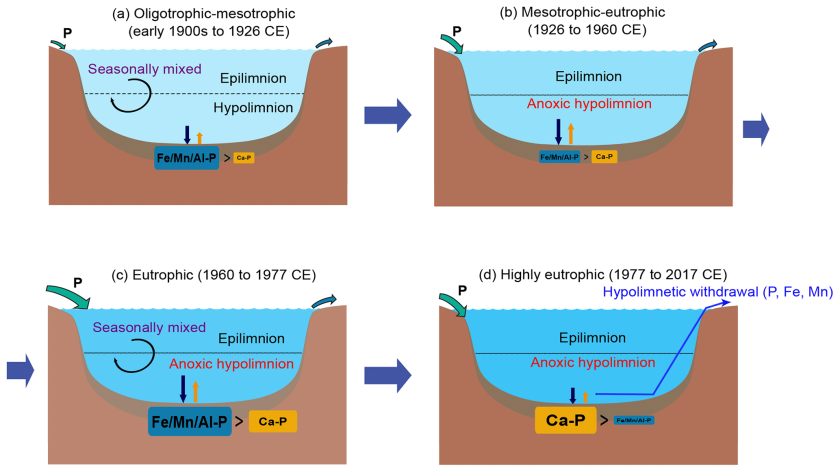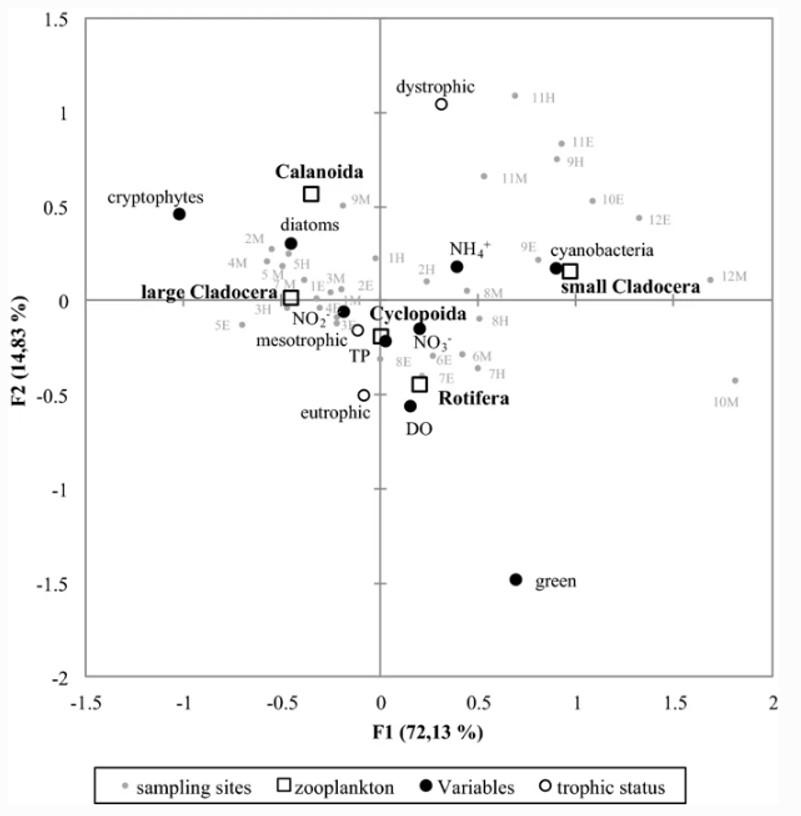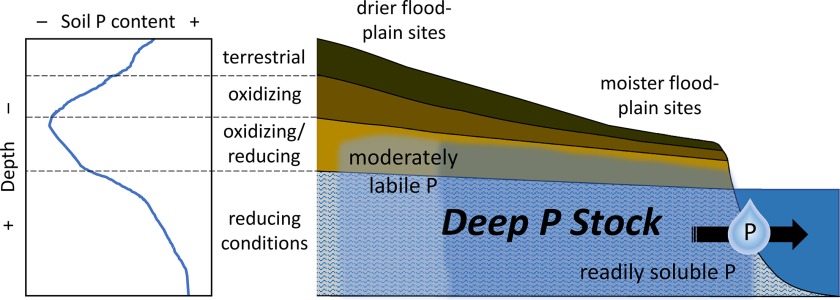
Authors
Christoph Weihrauch, Collin Joel Weber
Despite decades of management efforts, freshwater eutrophication has not been effectively mitigated in each affected ecosystem. This might be due to insufficient knowledge of the sources of phosphorus (P) inputs into surface waters. We sampled 2 m-deep soil profiles in four floodplain areas under differently managed grassland in Germany under dry and moist conditions regarding soil moisture and precipitation. Four soil P fractions of decreasing solubility were determined. We found systematic enrichment of easily soluble P forms in the floodplain subsoils (average: from 87.5 cm depth). Water-soluble P in these “deep P stocks” was positively correlated with total phosphorus concentrations in the adjacent surface waters. Our data cautiously suggest increased P mobilization from deep P stocks under moist conditions. Drier conditions coincided with increased P retention, resulting in relatively large amounts of easily soluble P which could readily be desorbed and lost at the next stronger precipitation event. We found no effects of grassland management on deep P stock features and dynamics. Deep P stocks might be considered a new source of diffuse P losses from soils. To effectively mitigate freshwater eutrophication, best management practices need to be developed to minimize P transfer from deep P stocks.

